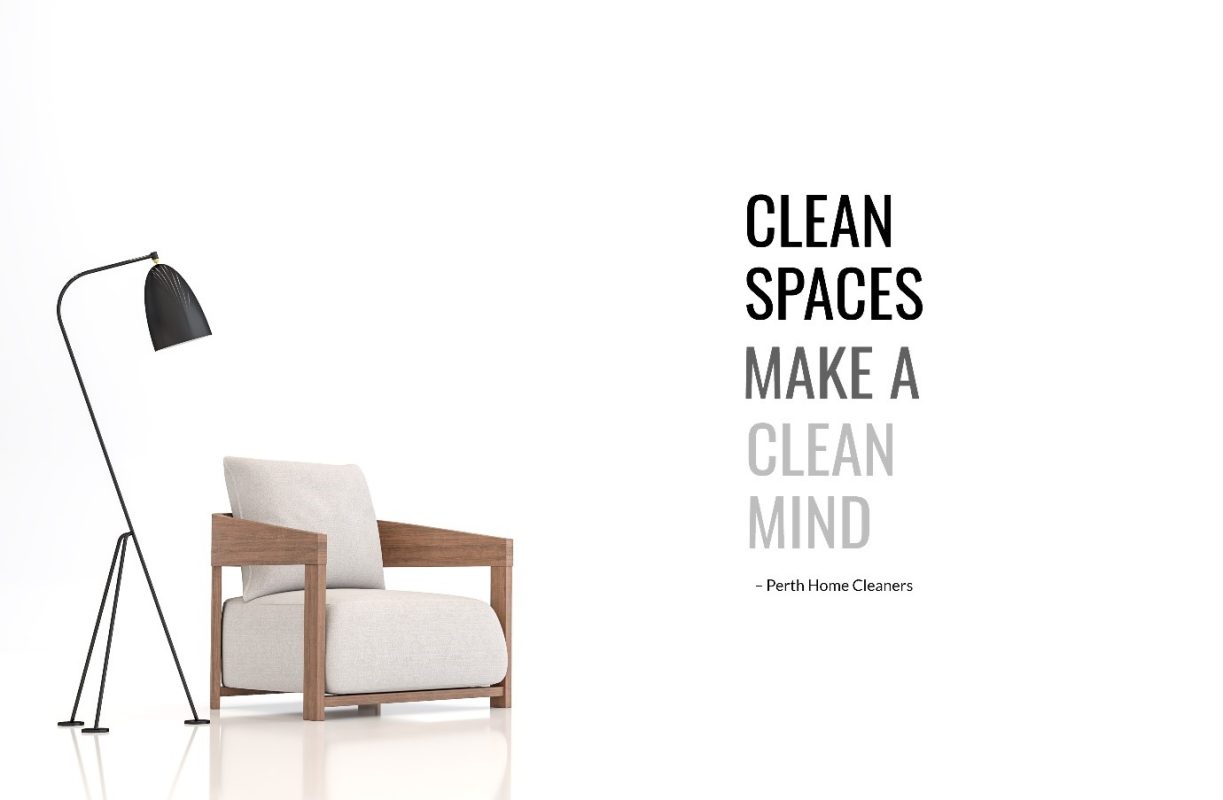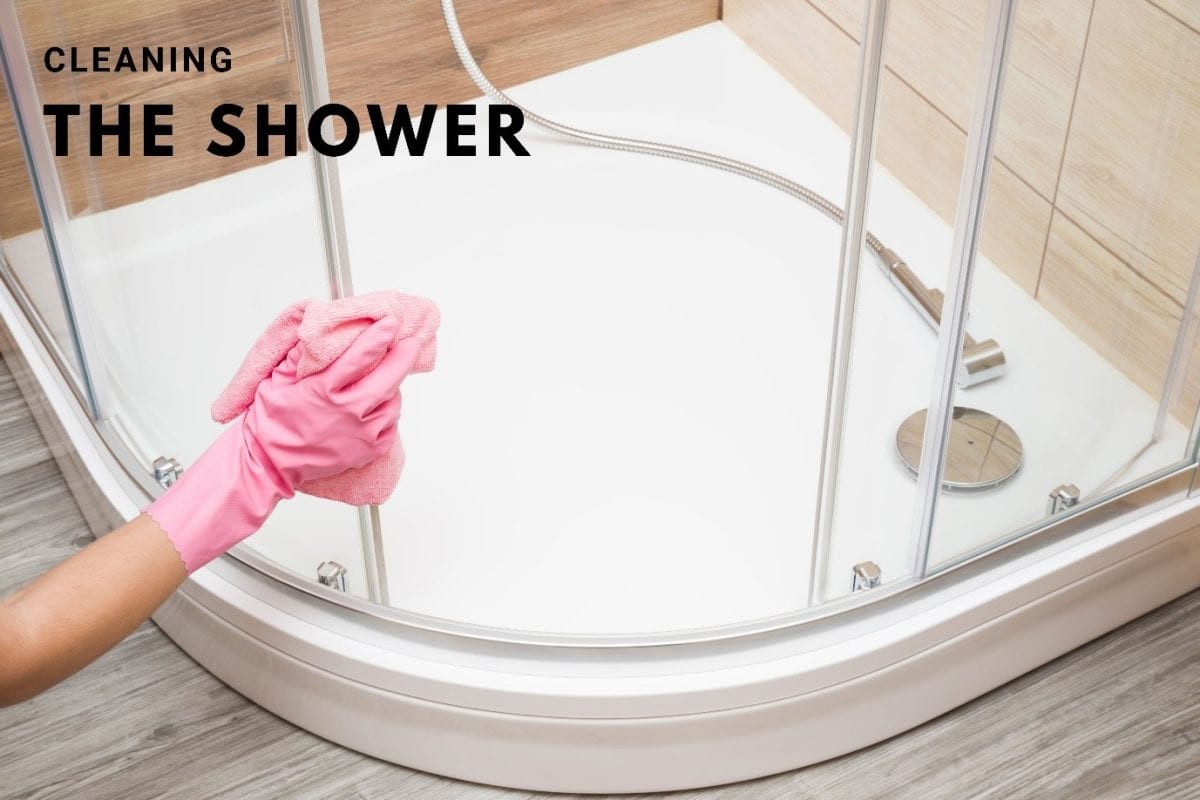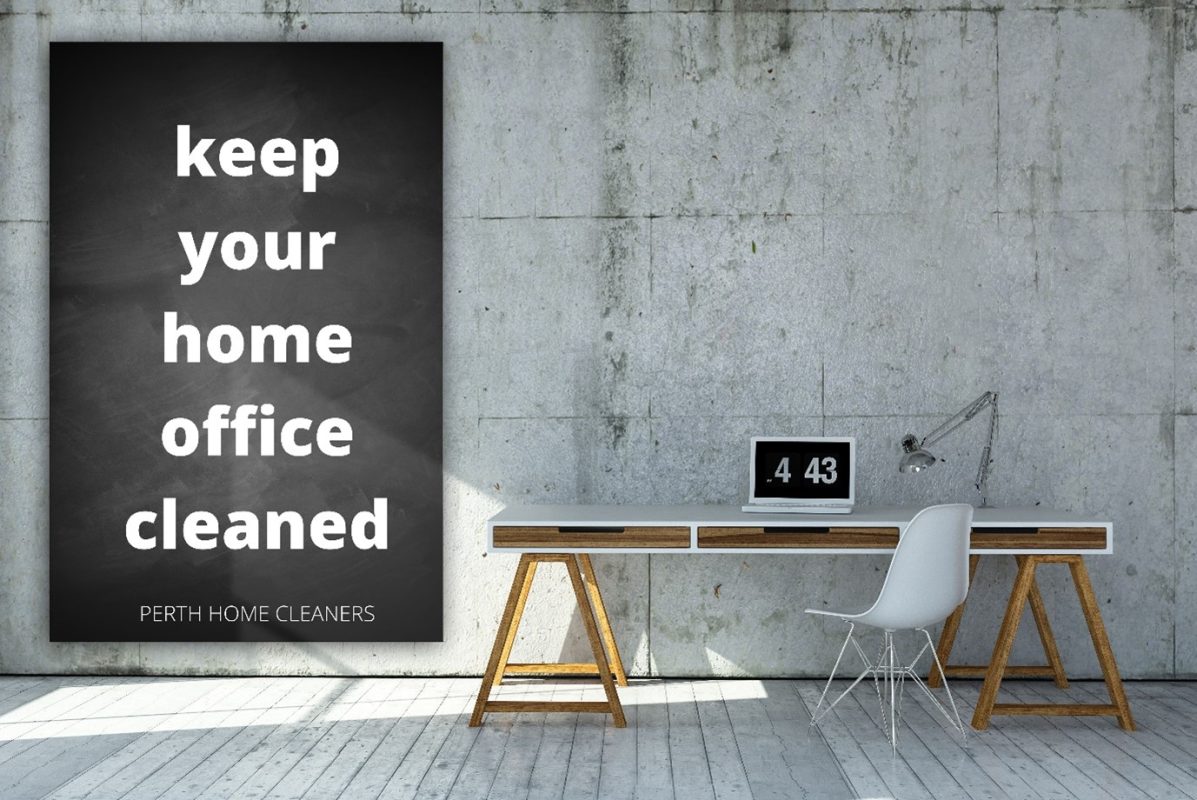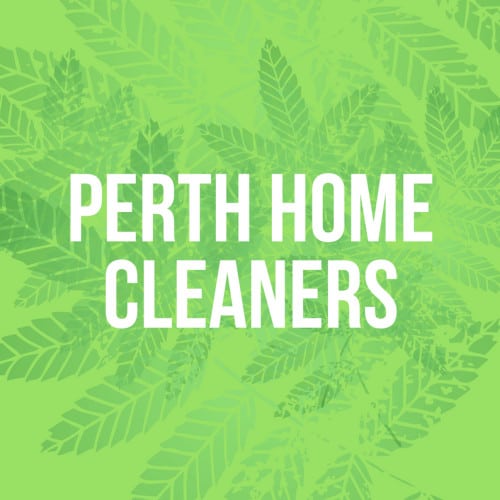Make Sure You Clean These Three Places In Your Home
With the global outbreak of COVID-19, we have all been told to wash our hands regularly in order to prevent the spread of the virus. The current health crisis has made us all acutely aware of all the germs, bacteria, and viruses around us. It is a wake-up call to be more diligent about our own hygiene and cleanliness.

The current health crisis has put proper house cleaning under the spotlight. Think about your daily movements through your home, what you touch, and what happens there, you’ll begin to realise that germs may be lurking almost everywhere.
The Kitchen
Working With Raw Food
If you don’t wash your hands before you handle food you run the risk of contaminating it with germs or infectious bacteria from your hands. You also run the risk of contaminating all surfaces you have touched while preparing the food. So, when working with raw food, make sure to wash your hands thoroughly both before and after the process.
What’s the risk? Raw foods like whole milk, eggs, raw fish, meat, and even vegetables and fruit can be a source of bacteria like Salmonella, Shigella, and Campylobacter.
Bacteria and Germs
What about bacteria on kitchen counters, household appliances, sponges, cutting boards and the sink? They carry with them real health risks.
Did you know that under ideal conditions, many types of bacteria can double every 20 minutes? One bacterium can multiply to become more than 30,000 in five hours and to more than 16 million in eight hours.
And remember, infections spread when germs are spread. So, in the kitchen, proper house cleaning is crucial.
You can rid your kitchen of bacteria and germs in the following ways:
- Wipe all surfaces with standard household detergent at least once a day.
- Don’t use sponges too long. They are a trap for germs.
- The same goes for dishcloths. Wash them in hot, soapy water every couple of days and let them dry in the sun so the UV rays can zap those germs.
- At least once every two or three months, go through your grocery cabinet, or your pantry, and clean it out. Tins and open bags of flour and rice have a way of attracting not only dust, but all sorts of potentially dangerous pests.
The Bathroom
Bathrooms carry many germs and the more people that use it, the greater the risk. The most common are germs like Enterococcus and E. coli that cause diarrhoea.

Watch How You Sit Down on The Toilet
You’re tired, you’ve had a long day. You sit down slowly on the toilet, supporting yourself with one hand. You put your head in your hands and there you have it: toilet seat germs from your hands to your face.
What Can You Do?
Well, it boils down to being mindful.
- Be mindful of not touching the toilet seat, mindful not to touch your face while on the toilet, and mindful to wash your hands for the recommended 15 – 20 seconds after using the toilet.
- Flush the toilet with the lid closed. If you flush the toilet with the lid up, germs from the bowl can escape into the air and you can breathe it in.
- As a precaution, wipe the entire bathroom once a week with a strong household detergent, including the floors.
The Shower
Don’t forget to clean your shower regularly. Shower surfaces are a trap for dirt and a breeding ground for mildew and mould. Mildew and mould can make people sick, especially those with allergies and asthma. It is also known to worsen bronchitis symptoms.

What Can You Do?
Baking soda is a great house cleaning aid. It can remove tough stains, eliminate foul odours, and get rid of mildew and mould. Simply make a paste by mixing baking soda with a little water. Apply the paste to the offending surface, leave for a minute or two and scrub thoroughly with a hard brush.
Your Home Office

With the current health crisis, working from home has become a new reality for many people across the world. But we don’t all have home offices. Kitchens, dining rooms, hallways and bedrooms have been turned into offices and guess what – they are a breeding ground for germs and bacteria.
Research has found that phones, desks, and computer keyboards are grimier than toilet seats. Wow! These items become very dirty and we touch them every day.
What Can You Do?
- It’s a good idea to disinfect your workspace regularly. You can use a disinfectant spray for this purpose.
- While you’re at it, pay close attention to all touch screens. Computer, tablet, and smartphone screens are covered in germs.
How Do Home Touch Screens Get So Dirty?
You may wonder how dangerous germs and bacteria find their way onto your mobile touch screen and your computer keyboard. One way is when you have used a touch screen outside your home such as at an ATM. If you don’t wash or disinfect your hands immediately afterward, these germs and bacteria get transferred from your hands to everything you touch, including your smartphone, tablet, and computer keyboard.
How Do You Clean a Touch Screen?
- Most experts agree that a wipe with a microfiber cloth is all that’s needed
- If you don’t have a microfiber cloth at hand, any soft lint-free cloth will do the trick
- You can dampen it slightly with water.
- Whatever you do, don’t spray water or detergent on any touch screen or keyboard
To clean your computer keyboard, use a tool specially for cleaning keyboards to brush the dust out between the keyboard rows. Then wipe with a damp cloth afterward.
Good House Cleaning Begins with Clean Hands
Good house cleaning has become very important. In light of the current health crisis, we must be even more mindful of how ordinary daily activities like drawing cash at the ATM or bringing home raw food can expose us to germs, bacteria, and viruses, including COVID-19.

Without getting paranoid about germs lurking on every surface, we must cultivate the habit of washing our hands thoroughly and regularly. This one habit will do more than anything else to keep us healthy and to prevent exposing ourselves to germs.







